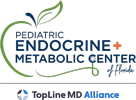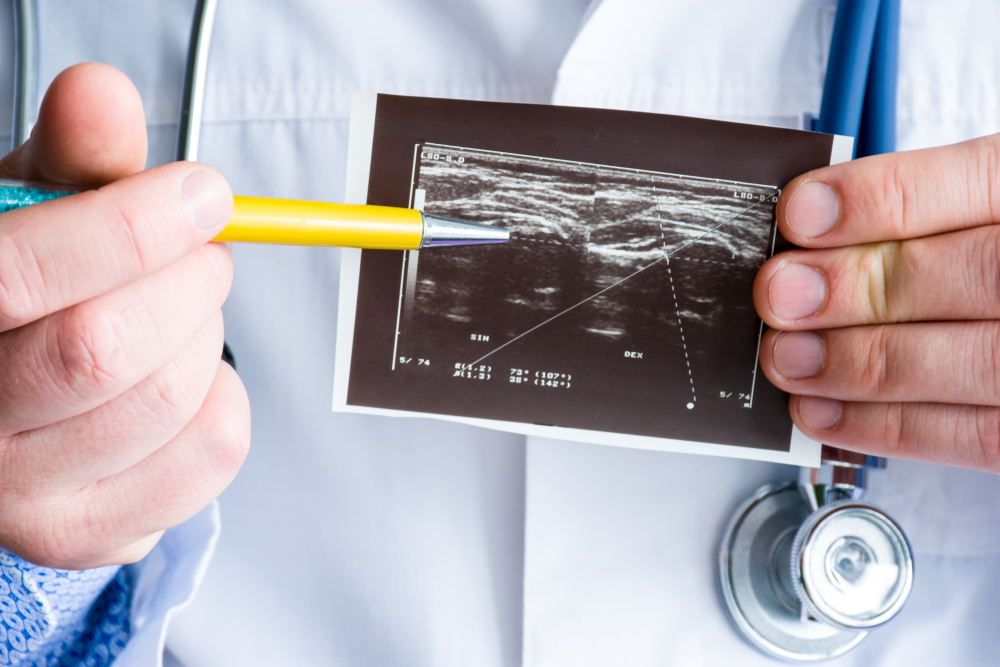Embarking on the journey of living with Achondroplasia, a genetic disorder affecting bone growth, is a unique and multifaceted experience. In this comprehensive exploration, the experts at PEMC of Florida will delve into the various aspects of Achondroplasia, from understanding its symptoms to exploring available treatments. Join us as we navigate the challenges and triumphs that come with this condition.
Understanding Achondroplasia
Achondroplasia stands as the most prevalent form of short-limbed dwarfism, making it a condition that warrants a closer examination. Its prevalence is estimated to affect approximately one in every 15,000 to 40,000 live births, emphasizing its relatively rare occurrence. This genetic disorder is attributed to a specific mutation in the FGFR3 gene, which plays a crucial role in regulating bone growth.
At the heart of Achondroplasia lies a genetic anomaly that disrupts the normal process of bone formation during fetal development. The FGFR3 gene mutation leads to the overactivity of a particular protein, inhibiting the proper conversion of cartilage into bone. This disturbance primarily affects the long bones of the arms and legs, resulting in the characteristic features associated with Achondroplasia.
Individuals with Achondroplasia present with distinctive physical traits that set them apart. One of the hallmark characteristics is short stature, evident from early childhood and persisting throughout life. This is accompanied by disproportionate limbs, where the arms and legs are shorter in relation to the trunk of the body. This disproportion becomes more pronounced as the individual grows, creating a unique physical profile.
Facial features further contribute to the recognizable appearance associated with Achondroplasia. Notable characteristics include a prominent forehead and a flattened bridge of the nose. These facial features are typically present at birth and contribute to the diagnosis of the condition. It’s important to note that while these physical traits are common among individuals with Achondroplasia, the degree of severity can vary, adding to the diversity of experiences within this community.
While Achondroplasia primarily affects bone growth, it’s essential to recognize that the condition extends beyond physical dimensions. Individuals with Achondroplasia may experience associated health challenges, such as an increased susceptibility to recurrent ear infections and spinal stenosis. Furthermore, there is a recognized risk of obesity, underscoring the importance of holistic healthcare and regular medical monitoring.
The journey of understanding Achondroplasia involves not only recognizing the clinical manifestations but also acknowledging the resilience and strength of individuals living with this condition. Beyond the genetic and physical aspects, the psychological and social dimensions of living with a unique physical appearance also contribute to the holistic understanding of Achondroplasia.
Symptoms of Achondroplasia
To comprehend the journey of living with Achondroplasia, it’s essential first to understand its symptoms. Beyond the noticeable physical characteristics, individuals with Achondroplasia may experience health challenges such as recurrent ear infections, spinal stenosis, and a risk of obesity. It’s important to recognize that the symptoms can vary from person to person, highlighting the uniqueness of each individual’s experience with Achondroplasia.
One of the hallmark symptoms is short stature. Infants with Achondroplasia often exhibit average-sized torsos but shorter arms and legs. As they grow, the disproportion becomes more apparent. The characteristic facial features, as mentioned earlier, are typically present at birth and can aid in the early diagnosis of the condition.
The challenges of living with Achondroplasia extend beyond physical aspects. Social and psychological aspects also play a role. Navigating a world designed for individuals of average height can pose unique challenges, and individuals with Achondroplasia may face instances of prejudice or misunderstanding.
Achondroplasia Treatments
While Achondroplasia is a genetic condition lacking a definitive cure, there are therapeutic interventions designed to manage its symptoms and enhance the overall quality of life for individuals navigating this condition. It’s paramount to emphasize that these treatments are intricately tailored, addressing specific facets of Achondroplasia, and are subject to variation based on individual needs.
Orthopedic interventions represent a significant aspect of the treatment landscape for Achondroplasia. Limb-lengthening surgeries are one such intervention considered in certain cases to address the characteristic disproportionate limbs associated with this condition. This surgical procedure involves carefully lengthening the long bones, such as the femur or tibia, through a controlled process. However, the decision to pursue limb-lengthening surgeries is highly individualized, taking into consideration factors such as the individual’s overall health, personal preferences, and potential risks associated with the procedure.
Regular medical monitoring is a cornerstone of managing Achondroplasia effectively. This proactive approach involves vigilant observation of growth patterns, enabling healthcare professionals to detect any deviations early on. Early intervention can play a pivotal role in addressing potential complications associated with Achondroplasia, contributing significantly to the overall well-being of individuals living with this condition.
The monitoring process extends beyond physical aspects to encompass the comprehensive health of individuals with Achondroplasia. Regular check-ups help identify and address potential complications, such as spinal stenosis or recurrent ear infections, ensuring that appropriate medical interventions are implemented in a timely manner.
In addition to medical treatments, the importance of a supportive network and community cannot be overstated in the journey of living with Achondroplasia. Connecting with others who share similar experiences provides a unique source of understanding, empathy, and shared knowledge. Support groups and community organizations dedicated to individuals with Achondroplasia offer a platform for individuals and their families to exchange insights, offer emotional support, and foster a sense of belonging.
These communities play a vital role in alleviating the isolation that can sometimes accompany living with a rare genetic condition. Shared experiences and shared triumphs within the community contribute to a broader understanding of Achondroplasia and empower individuals to navigate their journey with greater resilience and confidence.
Thriving with Achondroplasia
The journey of living with Achondroplasia is not solely defined by challenges; individuals with Achondroplasia lead fulfilling lives, pursuing careers, hobbies, and relationships. The key to thriving lies in a holistic approach that considers both the physical and emotional aspects of the condition.
Encouraging inclusivity and understanding within society is crucial. Education and awareness can dispel myths and misconceptions surrounding Achondroplasia, fostering an environment where individuals are appreciated for their abilities rather than defined by their height.
Conclusion
The journey of living with Achondroplasia is a complex and nuanced experience that extends beyond physical characteristics. By understanding the symptoms, exploring available treatments, and embracing a holistic approach, individuals with Achondroplasia can navigate their journey with resilience and strength. As we continue to advocate for inclusivity and awareness, we contribute to a world where everyone, regardless of height, can thrive and lead fulfilling lives.
That said, if you want to learn about pediatric hormone treatment options or want to learn more about treatments for genetic disorders, feel free to schedule an appointment with our experts today.


